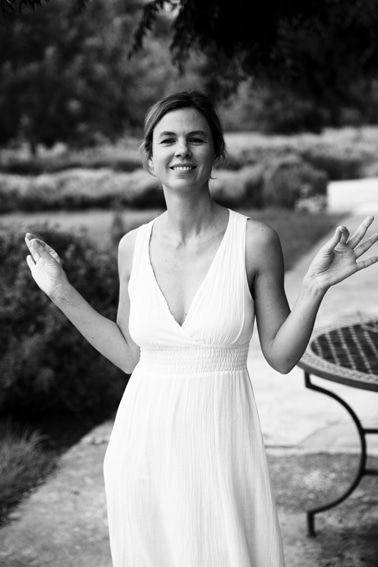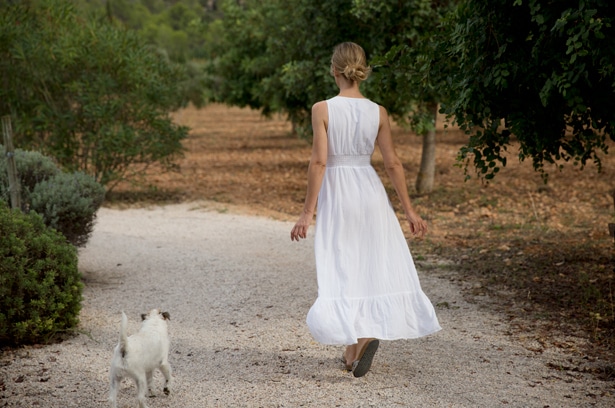Breathwalk
A meditation for people who cannot sit still
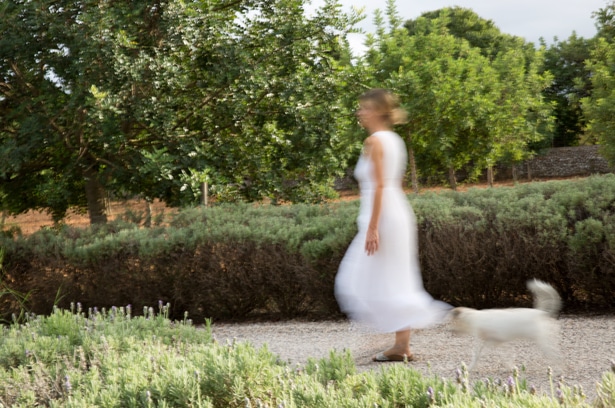
In my job as a designer, I’m nervous every time I give a brochure or a flyer into production. However, this is no comparison to the nervousness that attacks me as soon as I think of the production process of my two books “Wellcuisine” and “Süß & Gesund”, which I have not only designed but also written. I have had numerous sleepless nights because it suddenly occurred to me that information could be misunderstood or I wondered whether I had perhaps overlooked an error on some page or other. Last night was another night like this (the books are currently in print) and I was still tired and nervous in the morning. In such moments of inner tension, I can’t possibly sit down on my yoga mat and go into silence to calm myself down. I have to get out, move my body, breathe deeply. That’s the only way I feel better. Breathwalk is ideal in these moments. So I took my dog Lilly and we started walking in the early summer morning …
What is Breathwalk?
Breathwalk is a yoga technique that combines movement, breathing, mudra (hand position) and mantra. Yogi Bhajan, who brought Kundalini Yoga to the West, described Breathwalk as “the ultimate fitness program for everyone in the Age of Aquarius”. The mantra “Sa Ta Na Ma” that is used while walking, stands for the eternal cycle of life: birth, life, death and rebirth.
What does Breathwalk do for you?
According to the Kundalini Research Institute, the following areas are positively influenced by Breathwalk:
- Emotions: The Kundalini Yoga tradition recommends Breathwalk for mild forms of anxiety and depression. Breathwalk stabilizes the mood and helps to gain a more positive outlook on life.
- Brain activity: At the medical faculty of the University of Arizona, the brain activity of test subjects was tested by PET scan after a normal run and after a Breathwalk. It turned out that some areas of the brain were 70 to 80% more active after the Breathwalk than after the normal run. In addition, the connection between the two halves of the brain was strengthened.
- Visual focus: People who practice Breathwalk often report an improvement in their eyesight. This is probably due to the fact that the brain is activated more strongly during Breathwalk and thereby stimulates the optic nerve.
- Muscle tone: Scientific tests have shown that physical flexibility can be increased by 20 to 50% after a single Breathwalk. In addition, before the Breathwalk, 22% of the (healthy) test persons had an imbalance between the opposing muscle pairs that balance the body weight while running. This imbalance corrected itself after a Breathwalk of 20 minutes.
How does Breathwalk work? *
* Breathwalk is a yogic technology in itself. As a practitioner, you usually go through various preparatory steps. However, you need a teacher for this. The instructions I have described are a simple breath walk that you can easily do on your own. For a more in-depth introduction, read the book “Breathwalk” by Gurucharan Singh Khalsa and Yogi Bhajan or look for a trainer near you.
Go outside and start walking at a pace that is comfortable for you. You breathe in four steps through your nose and four steps out through your nose. Keep doing this until your breath and steps are in sync.
Swing your arms loosely by your side. Now add mantra and mudra: parallel to each step, you silently recite part of the mantra while the thumbs of both hands touch one of the other fingers:
With “Sa” the thumb and forefinger touch each other
With “Ta” the thumb and middle finger touch
With “Na” the thumb and ring finger touch
With “Ma” the thumb and little finger touch each other
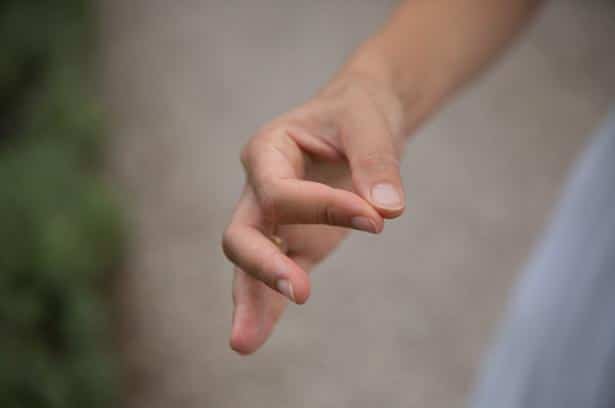

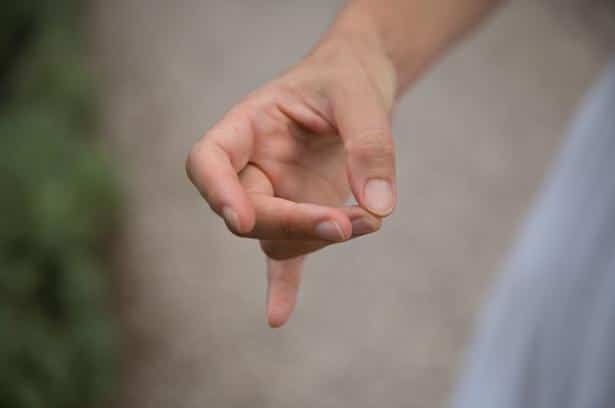
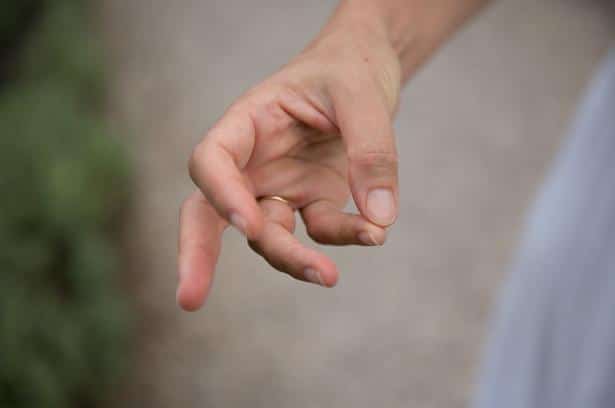
Once you’ve said the mantra in full, you’ve walked four steps, inhaled once, and your thumb touched your index, middle, ring and pinky finger. With the next four-part rhythm you start all over again and exhale. Continue like this for at least 10 minutes.
